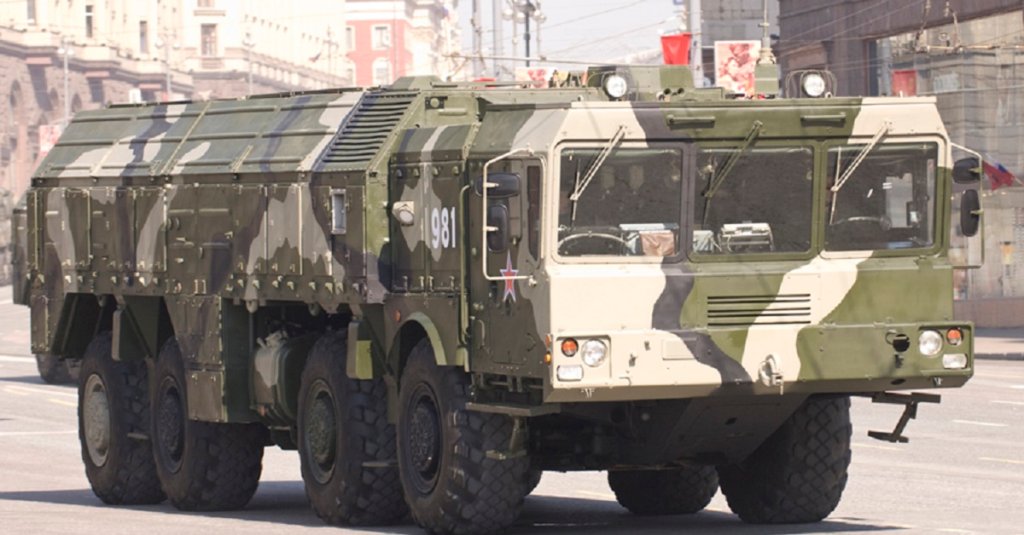Russia has long pursued short-range ballistic missiles. While the SS-1 Scud, which has been widely exported and copied by various countries (including a certain rogue regime) is the most famous, there have been some new technologies emerging lately.
The most notable of these systems is the 9K720 Iskander missile, or the SS-26 Stone as NATO calls it. It’s also arguably one in a series of violations of the 1987 Intermediate Nuclear Forces Treaty between the Soviet Union and the United States that has prompted the United States to develop a new ground-launched cruise missile. The INF Treaty banned the development of missiles with ranges between 300 and 3,400 miles.

GlobalSecurity.org reports that the Russians are claiming the deployment of the Iskander system to Kaliningrad is a response to America’s deployment of Aegis Ashore, a land-based version of the Aegis Combat System, to Poland and Romania.
The Aegis Ashore system uses the same AN/SPY-1 radar and Mk 41 vertical launch systems present on board Ticonderoga-class guided-missile cruisers and Arleigh Burke-class guided-missile destroyers. The Mk 41 is also capable of firing BGM-109 Tomahawk cruise missiles. However, the United States destroyed its stocks of ground-launched Tomahawks to comply with the INF Treaty.

According to the Center for Strategic and International Studies, the Iskander is capable of releasing decoys and maneuvering to avoid anti-missile systems like the MIM-104 Patriot, which became an icon of Operation Desert Storm. While CSIS credits the missile with a range between 250 and 300 miles, other sources state the missile has a range of just over 300 miles, making it illegal under the INF Treaty.
Watch the video below to learn more about the Iskander/SS-26.
(Military Update | YouTube)


